Ugotrade Goes To MobileCampNYC, Saturday, May 19th.
My friend and partner in many R & D adventures, Otto Leichliter, veteran of Ericsson’s Messaging R & D team, 3D vision, robotics, special effects for film and television, and system development, will be helping me lead a discussion, “Metaverse and The Mobile Space: Intersection or Inclusion” at MobileCampNYC .
We will talk about how the standard pipeline of WiFi will transform cell phones, from the “mashup consumers” they are now, into true interface engines that open up the relationship between real and virtual worlds. And how, as the metaverse meets the mobile space, 3D printers/fabricators may be both the killer app. for virtual worlds and sustainable development.
But, the topic is wide open. And, if you would like to help us lead this discussion, please add your name to the wiki page.
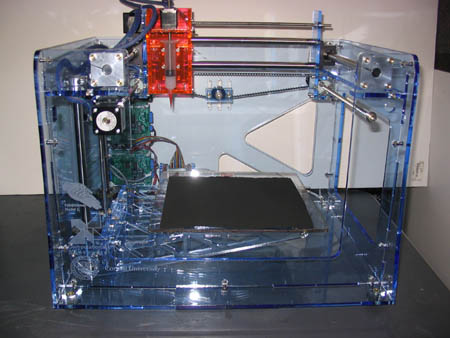
A Fab@Home Model 1 Fabber. See PopSci – The Desktop Factory
Roboticist Hod Lipson wants you to stop shopping and use his portable 3-D printer to make your own stuff.
I hope to see you at MobileCampNYC, if you live in the Metropolitan NY area. Please add your name to the wiki now if you want to attend as there is a limit of 100 people! MobilecampNYC is a BarCamp:
BarCamp is an international network of unconferences — open, participatory workshop-events, whose content is provided by participants — focusing on early-stage web applications, and related open source technologies and social protocols. The name is a playful allusion to its origins, with reference to the hacker slang term, foobar: BarCamp arose as a spin-off from Foo Camp, an annual invitation-only unconference hosted by open source publishing luminary, Tim O’Reilly.
A BarCamp in progress in Chennai, India. Original image at Kiruba’s Blog.
WiFi to link Virtual and Real Worlds
The difference between WiFi and all the various cell phone protocols currently in use is the equivalent to the difference between public access and pay per view.
WiFi is based on the TCP/IP networking communication standards and not some oddball proprietary standard that only Telcos provide.
TCP/IP is the network standard and must ultimately become the mobile phone standard as well if cell phones are to become true linking engines between virtual and real worlds. Otherwise phones will continue to be (as they are now) consumers of (costly) services, that are regulated and restricted and far from open source or user friendly.
WAP, 3G , GPRS, WAP (Wireless Access Protocol), GPRS (General Packet Radio Service)?, 3G, GSM, EDGE, TDMA, CDMA – don’t worry if you don’t know all these – the point is that WiFi can leapfrog them all with direct access to the internet, and that includes internet telephony and (with the resolution of bandwidth issues) access to virtual worlds like Second Life.
People used to talk about service anytime, anywhere – it shouldn’t matter if that’s a real or a virtual anywhere.
Zygmunt Lozinski, IBM
And, as bandwidth obstacles diminish, there will be, increasingly, a natural interaction between virtual and real worlds. And, our experience of virtual and real mixed mode events, and augmented reality events e.g. Second Life HUDs (Heads Up Displays) integrated with Real Life events will not, of course, be limited to qwerty keyboards and monitors.
The integration of virtual and real worlds in the mobile space has significant implications for developing countries and sustainable development (see several earlier posts on Ugotrade on role of mobile phones in developing countries, and also see earlier post on Bruce Sterling and Splimes).
Building Bridges Between Virtual and Real Worlds:
It doesn’t have to be all headsets and Sci Fi.
Bridge building between virtual worlds and real worlds via the mobile space is not merely in the realm of speculation. Last Friday, I was fortunate to spend time with Ian Hughes (a.k.a Epredator), Metaverse Evangelist, Senior Inventor and Innovation Catalyst and Consulting IT Specialist, with about 17 years in IBM. My inspiration to do the discussion on “Metaverse and The Mobile Space: Intersection or Inclusion,” at MobilecampNYC came from this meeting with Epredator on Second Life.
I met Epredator on one of the many IBM islands on Second Life. And, he took me to several locations during the interview. However, IBM’s presence on Second Life is far to extensive to cover in one post, so I will come back to other aspects of IBM’s exploration of virtual worlds and Second Life in later posts.
It was very exciting to have this opportunity to meet one of the pioneers of the merger of virtual and real worlds. Ian Hughes brought Wimbledon to Second Life and this project is an outstanding proof of concept demonstrating how real data can be gathered pumped to the web and to Second Life, and also to Real Life to produce a mixed reality event.
On Eightbar Ian Hughes describes a number of different ideas that were demonstrated by bringing Wimbledon to Second Life. He explained to me:
We gather the real data and pump it to the web, pump it to SL, and also to real life scoreboards on-site……so if someone wants to see the hawkeye replay, or overlay the line call, we have all the data. And, with a WiFi network we can merge the two.
It doesn’t have to be all headsets and Sci Fi. I could hold my mobile phone up and use the screen as a viewer through which to superimpose the data.
Mobile – “anywhere you need it” in virtual and real worlds: overcoming patchy connectivity
IBM caused quite a stir at the recent 3GSM World Congress where Zygmunt Lozinski showed off a service button that calls someone in Real Life and patches them in to Second Life. In an interview to BBC Click Online, Mr Lozinski said:
So for example, you can make your avatar ring a bell, like in a hotel lobby, and that would send a message to the owner of that area, to their mobile phone, to say ‘there’s somebody who’s interested in talking to you’. Because obviously you can’t spend your entire life in a virtual shop hanging around waiting for someone to stop by and buy something.
You can then see a photo of the avatar who’s calling you. You can then record a video with your mobile, and send that back so your potential customer can see that video being played to them on a video wall in the virtual world.
In effect, IBM’s model removes the need for people to exist within a virtual world.
If you’re traveling you may not always have good enough connectivity to interact with people in a virtual world, even if you need to. People can communicate irrespective of whether they’re in the virtual or real worlds.
Helping people link to virtual worlds despite patchy connectivity will have significant implications for the role virtual worlds can play in positive global development.
“3D printing is a real killer app. tacked on the side of Second Life,” says Epredator
Epredator stood for a capture session in SL, and then received a parcel from Michael at fabjectory containing “this excellent Epredator potato figure straight out of a 3d printer,” (see eightbar for more great pictures).
In my interview with Epredator, he brought up how important local manufacturing elements, 3D printers and Home “Fabbers” could be for sustainable development.
We spend a lot of time shipping products around, packaged to travel. [This could be avoided in many cases] if we rezzed them in the real world at the point we needed them from basic raw materials.
If you want to buy a product from a website and you have local 3D printing we only have to ship the model information.
Well as you you can see, my chat with Epredator left me with a lot to think about. There was so much ground covered that I will have to come back to these ideas in later posts.
As I mentioned in my previous post, and see eightbar, at IBM, Hursley, they are dreaming up the internet of things at every opportunity they get!
I do hope, if you can, you come to MobileCampNYC to discuss some of these ideas about blurring the lines between virtual and real worlds and linking the Metaverse with The Mobile Space.
MobileCampNYC is bringing together mobile enthusiasts, explorers and professionals from the NYC metropolitan area to share the current state and their visions for the future direction of mobility. MobileCampNYC hopes to support the many voices helping to unlock the potential of a truly digital life. Topics may include – but are not limited to – mobile gaming, entrepreneurship, social mobility and presence, near field communication, physical hyperlinking, mobile storytelling, the importance of open standards, protocols, and platforms, linux based devices, and mobility on other continents.
Tags: Second Life | Web 2.0 | Web 3.D | Metaverse | Virtual Worlds | Virtual Reality | Augmented Reality | Barcamp | MobileCampNYC | IBM | IBM on Second Life | Zygmunt Lozinski | Epredator | WiFi telephony | open standards | internet connectivity | 3D Printing | home fabbers | 3GSM | fabathome | home fabber | fabjectory | Wimbledon on Second Life | digital divides | social entrepreneurship | positive global development | sustainable development | internet telephony | internet of things | splimes | Bruce Sterling | mobile innovation |

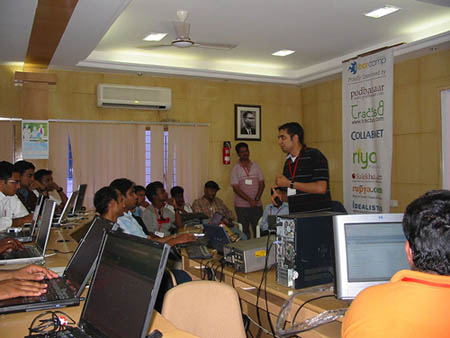
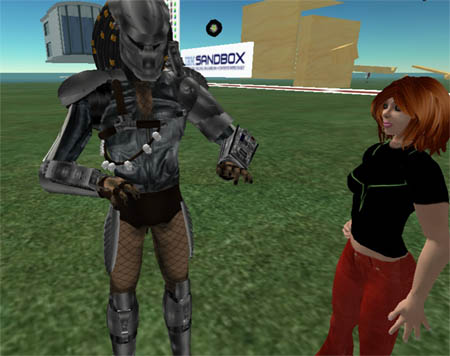
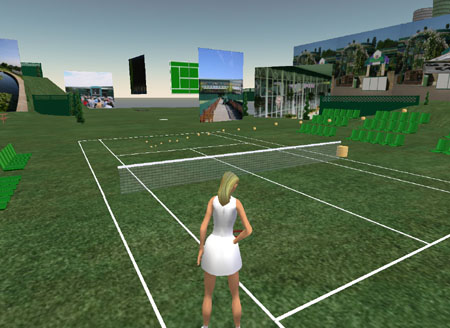
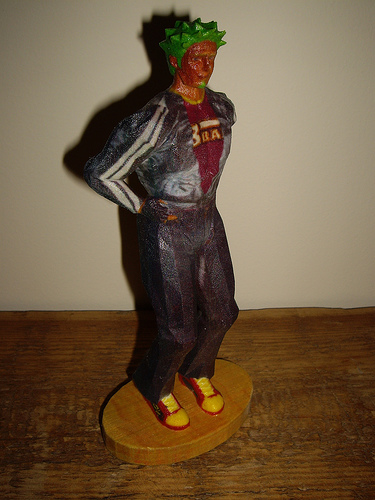

0 Comments For This Post
1 Trackbacks For This Post
May 24th, 2007 at 11:37 pm
[...] and Virtualive.tv). And, I interviewed IBM, Hursley Park Senior Inventors, and RL/SL link creators, Epredator, and CJ [...]